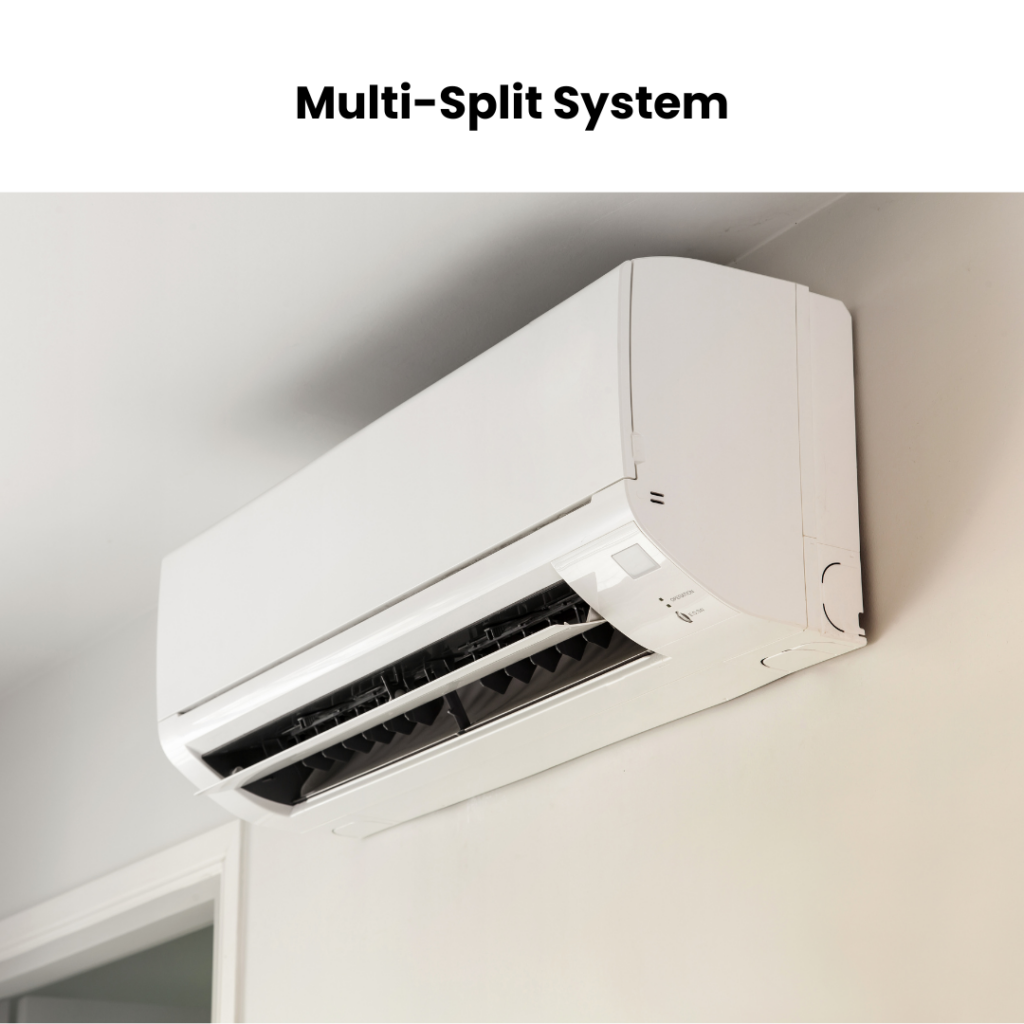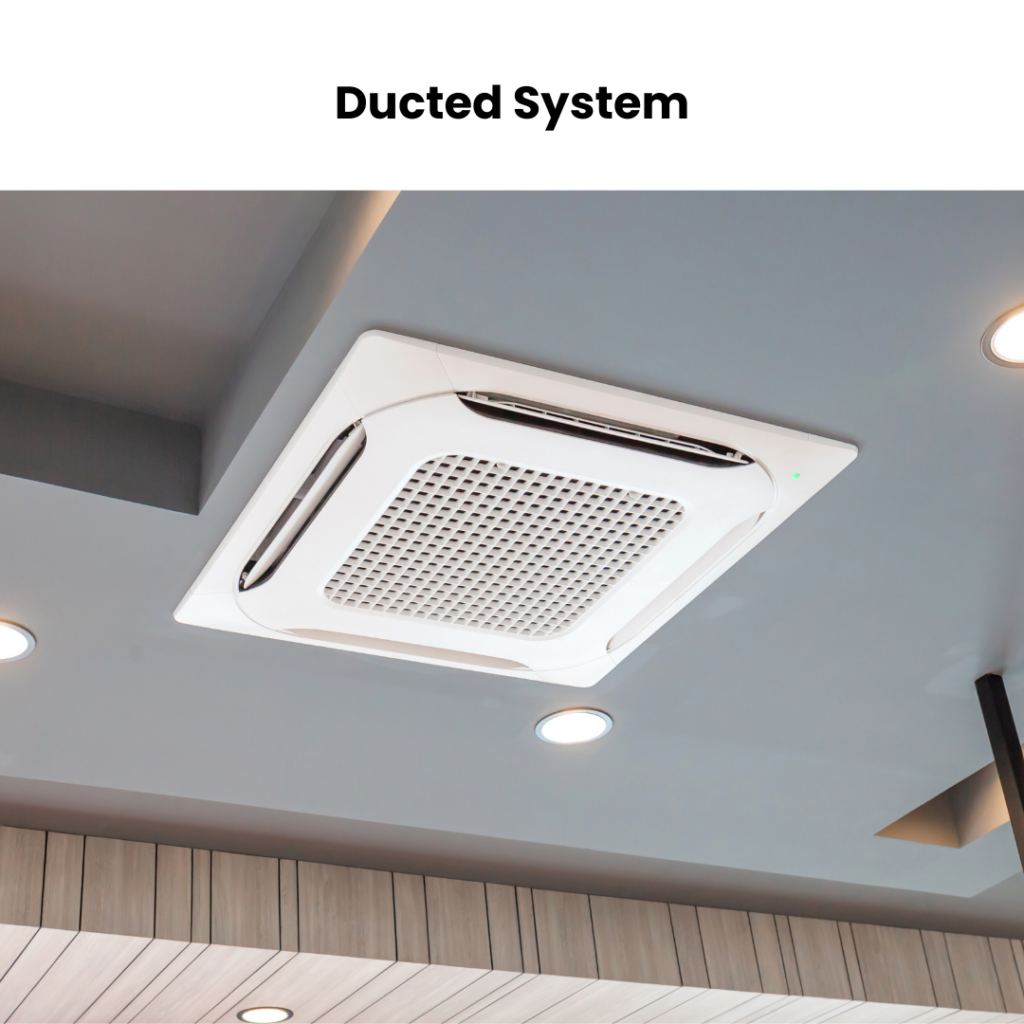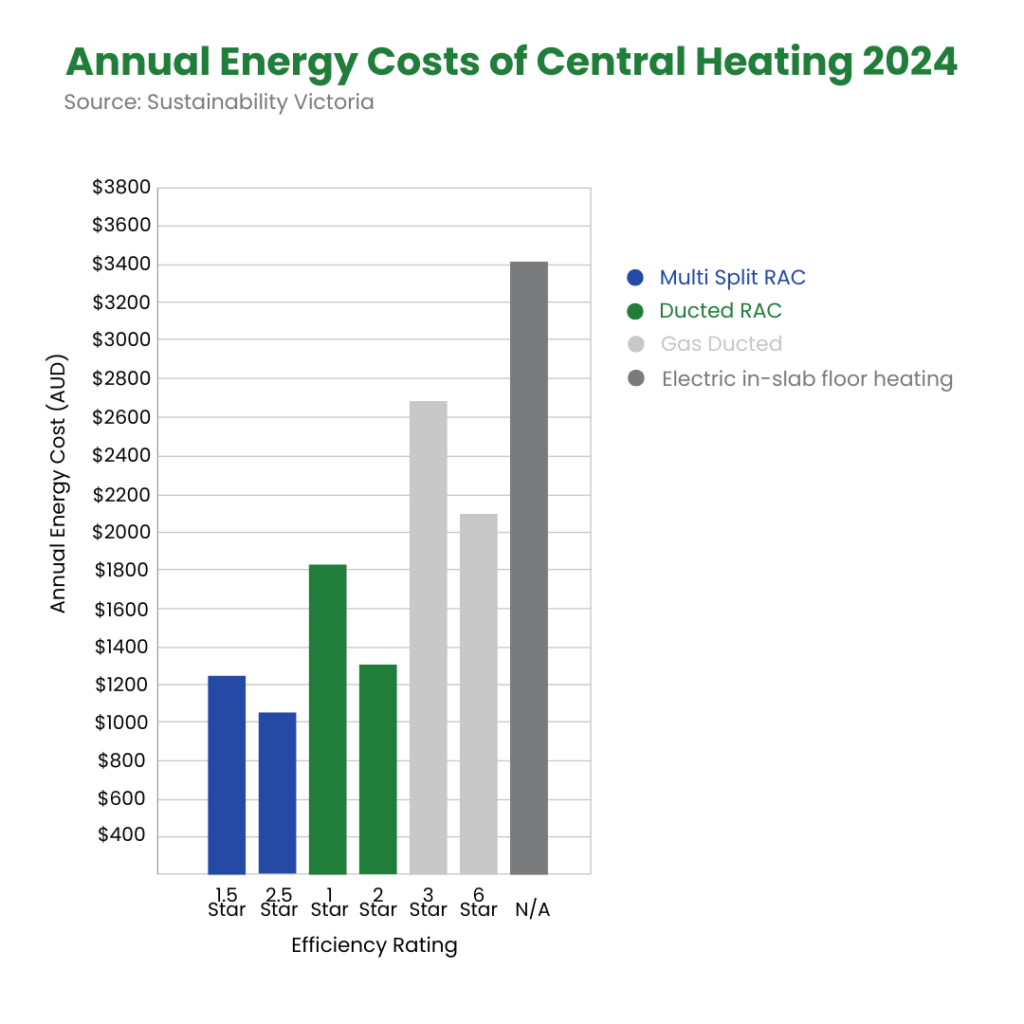Your Guide to Smarter Energy Solutions
Answers to Your Questions on Solar Panels, Hot Water Heat Pumps, and Air Conditioners!
OUR COMPANY
Why should you trust us?
We’ve been proudly serving customers since 2013. Starting our journey in the solar industry, we quickly earned a reputation for reliability and innovation. Over the years, we expanded our expertise to include heat pumps, space heating and cooling installations, providing comprehensive energy solutions tailored to meet diverse needs.
Today, we have installed thousands of residential and commercial heat pumps as well as heating and cooling systems across Victoria and are continuing to strive to bringing energy efficient solutions to millions more.
HEAT PUMPS
Where our heat pumps are made
We exclusively install ENEFT heat pumps for our customers:
- Compressor: Made by Hitachi in Japan, ensuring top-notch quality and performance.
- Worldwide Supply Chain: We source premium components from trusted suppliers across the globe.
- Assembled in China: Expert craftsmanship and attention to detail go into every unit during assembly.
- Engineered in Australia*: Designed to meet Australian standards, tailored for local conditions, and optimized for efficiency and reliability.
This international approach allows us to deliver a heat pump that’s built for excellence and performance in any settings.
For more information and specifications, please visit www.eneft.com.au
*T’s and C’s apply
The difference between "booster mode" and "eco mode"
Backup Element: This feature ensures your hot water needs are always met, even during times of heavy demand or extreme weather. It activates as a secondary heating system, providing extra support when your heat pump alone can’t keep up.
Eco Mode: Designed to reduce energy consumption and save on operating costs, Eco Mode optimizes the heat pump’s performance by using less electricity. While it’s a cost-saving feature, it doesn’t rely on the backup element unless absolutely necessary, keeping your system energy-efficient.
Together, these features provide a balance of reliability and efficiency to suit your needs.
How to connect the heat pump to my mobile device?
Our heat pump has a water-proof digital monitor that can be connected to your home WiFi. Allowing you to connect to the app, and opening up many features to control your heat pump
For the full guide on how to connect to your home WiFi, please click on these links to watch our guide videos:
- How to connect to your home WiFi: ENEFT Heat Pump WiFi Setup Guide
- How to use our app: ENEFT Heat Pump Smart Life Application Guide
What are the heat pump's warranty?
There are 2 types of heat pump warranties:
- Manufacturer Warranty (ENEFT):
- Tank: 8 years
- Major Parts (compressor and heat pump parts): 5 years
- Labour: 3 years (at an additional cost)
- Solar Victoria Warranty:
- Tank: 6 years
- Compressor: 5 years
- Heat pump parts: 5 years
I have completed my heat pump quote and invoice, what should I do now?
We thank you for trusting and choosing us as your heat pump provider! Please allow up to 2 weeks for us to arrange your installation with our team. However, this can vary depending on factors such as weather or distance. Our team will contact you soon with the next steps.
We’re here to ensure a seamless and efficient process for your energy upgrade!
AIR CONDITIONER
What is the difference between a multi-split and ducted system?
A multi-split system connects multiple indoor units to one outdoor unit, allowing individual temperature control in different rooms.
A ducted system uses hidden ductwork to distribute air from a central unit, providing whole-house climate control with a uniform temperature.


Which Air Conditioner brand should I choose?
Choosing an Air Conditioner that will work best for your home by yourself can be confusing and overwhelming with all the brands available in the market, but we are here to help! Our dedicated consultants have extensive knowledge of the products we offer and will provide options tailored to your needs.
Why should I upgrade to an Air Conditioner?

The energy costs and emissions are based on an average pre-2005 existing house in a Melbourne climate.
According to Sustainability Victoria, reverse cycle air conditioners are far more energy-efficient compared to traditional gas ducted heating systems. In fact, their annual running costs are approximately 50% lower, making them a cost-effective solution for keeping your home comfortable year-round.
By upgrading to a reverse cycle system, you’re not just reducing your energy bills—you’re also making a sustainable choice. These systems use electricity, which can be sourced from renewable energy, unlike gas heaters that rely on fossil fuels. This means a significant reduction in carbon emissions, helping to create a cleaner and greener future.
SOLAR PANELS
Can solar really zero out my electricity bill?
Most likely, YES. Off grid solar systems with battery backup can produce zero electricity bills. A solar system can help you reduce your electricity bill and in many instances by a significant amount, if you use the electricity at the time it is created. Nevertheless, zero-dollar future bills are next to impossible to achieve nowadays other than with off grid systems. In Australia with Net Metering, the electricity produced though your solar system is fed directly during the daytime into your home, office or commercial enterprise. This helps you to offset your consumption which you would have otherwise paid for. The bigger the system the more likely it will be that more solar power is generated than is used and the excess will be fed back into the grid.
What happens if I choose to expand my system?
To expand your solar system, the best and most robust option is to get a second, independent system installed instead of extending an existing one. With extension comes a load of complications like the inverter capacity and solar panel compatibility. Adding new panels to some old existing system will inhibit the performance of the new panels. With a new system, you will have the guarantee and the piece of mind of it working without any problems.
What happens if it gets cloudy?
Depending on the type of panels, it could cause a reduced capacity of electricity. Which is why at NRG7, we recommend the REC approved Tier 1 panels which have been tested and used in all weather conditions. We will only recommend panels that are proven in low light conditions and have shown to offer a bigger spectral response.
Do I need to service or maintain my system?
For a general cleaning, simply use a standard garden hose to wash the face of the panels during either the early morning or in the evening. Avoid spraying cold water onto hot panels or you could risk cracking them! Professional solar panel cleaning services may be a better option for panels that are too high to reach well with a garden hose or if you want a more thorough cleaning. Standard and regular solar panel maintenance is the best way to make sure they are always producing electricity efficiently.
What are Federal Solar incentives?
The Renewable Energy Target (RET) is the main driver of rebates at the Federal level, these take the form of Renewable Energy Certificates (RECs). This rebate for solar installations is available anywhere in Australia. RECs come in 2 forms: Small-scale Technology Certificates (STCs) for renewable energy generators up to 100 kilowatts (kW), and Large-scale Generation Certificates (LGCs) for systems whose capacity is greater than 100kW.
What are State Incentives?
In addition to RECs, most states also offer support for solar and other renewables via Feed-in Tariff schemes. Under these schemes, system owners are paid for each unit of power that they export to the electricity grid. Eligibility for Solar Feed-in Tariffs depends on whether a state or regional scheme is in place, but other factors include date of system installation and system size. Feed-in Tariff rates offered can be non-existent or pay as much as 68c per kilowatt-hour – most states currently have or previously had a Solar Feed-in Tariff in place.
Others
Do you do commercial upgrades?
Yes! We provide HVAC, Heat Pump, Solar and Lighting upgrades for businesses.
If you’re looking for something else, give us a call—we’ll do our best to see how we can help!
As a business, we recognize the challenge of managing costs amid rising prices. That’s why we’re here to help you cut energy expenses by upgrading to highly efficient heat pumps that deliver better performance while using less energy. Get in touch with us today, and one of our dedicated consultants will assist you in finding the right energy solution for your needs.
What difference would a lighting upgrade make to my business?
Traditional fluorescent and iridescent light bulbs consume extremely high levels of energy and heat up significantly, which makes them unsuitable for long term use, as they break fairly easily. LED lights on the other hand are brighter, longer lasting and much more energy efficient which means you will be using less electricity to illuminate your business.
